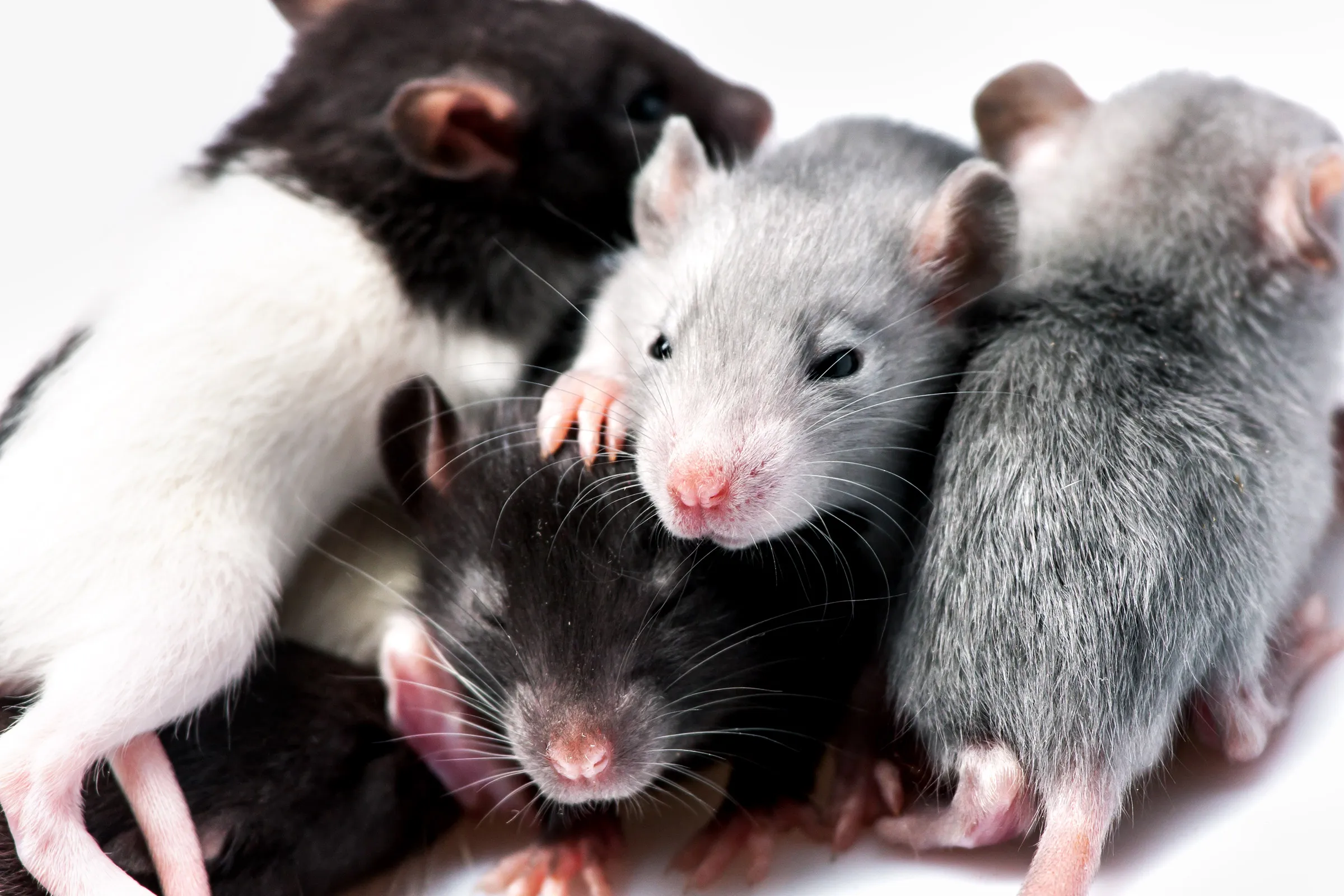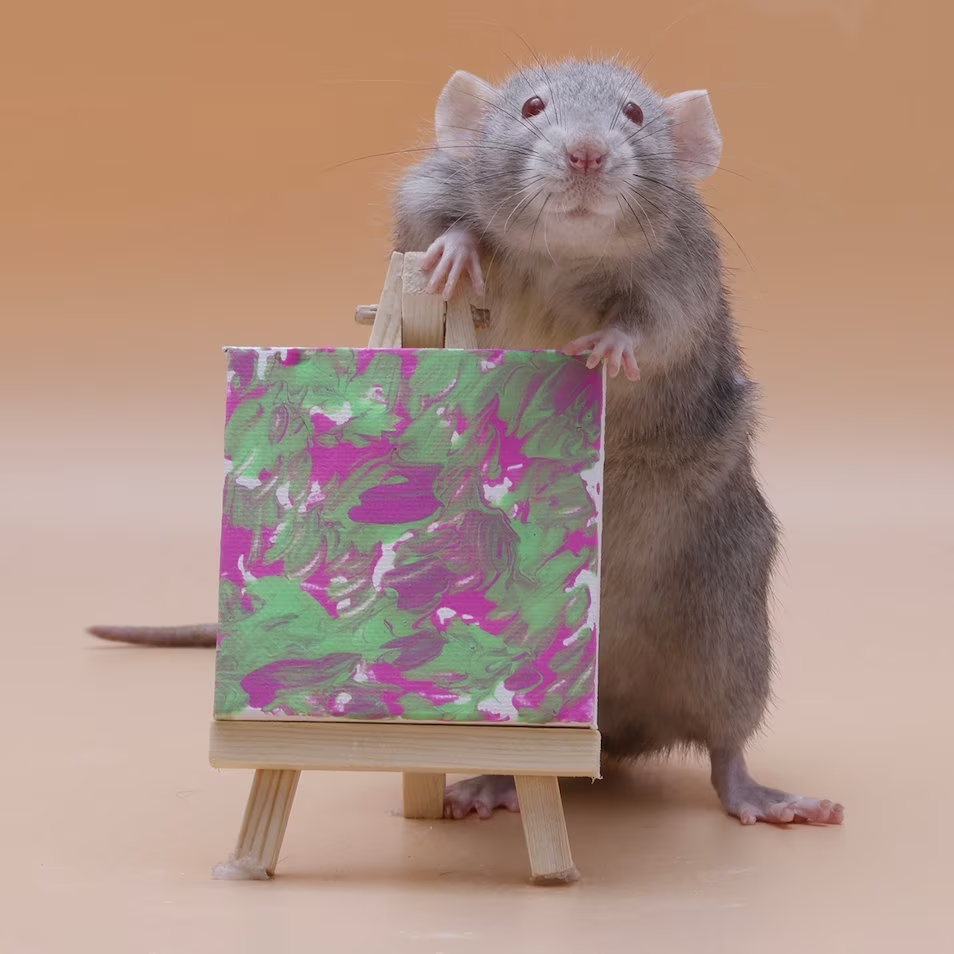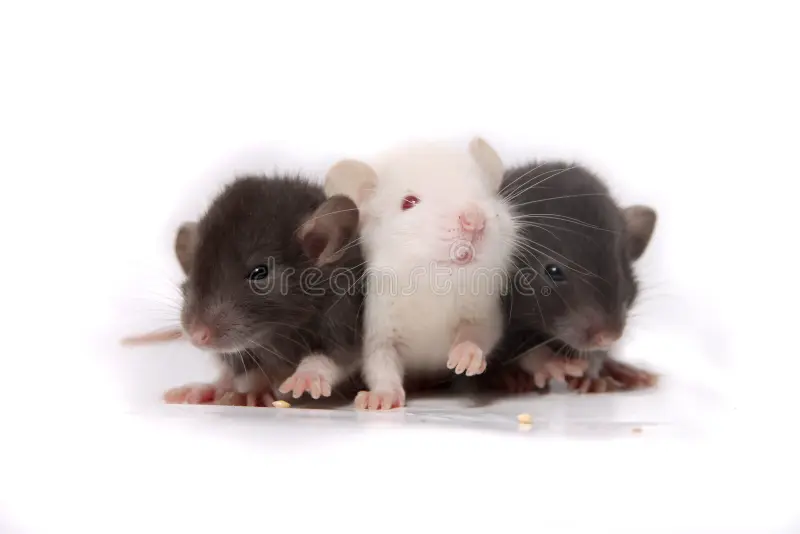Fancy Rats
Welcome to my first blog
The fancy rat (Rattus norvegicus domestica) is the domesticated form of
Rattus norvegicus, the brown rat,and the most common species of rat kept
as a pet.
The name fancy rat derives from the use of the adjective fancy for a
hobby, also seen in "animal fancy", a hobby involving the appreciation,
promotion, or breeding of pet or domestic animals.
The offspring of wild-caught specimens, having become docile after
having been bred for many generations, fall under the fancy type.
Fancy rats were originally targets for blood sport in 18th- and
19th-century Europe.
Later bred as pets, they now come in a wide variety of coat colors and
patterns, and are bred and raised by several rat enthusiast groups
around the world.
They are sold in pet stores and by breeders. Fancy rats are generally
quite affordable, even compared to other small pets; this is one of
their biggest draws.
Additionally, they are quite independent, affectionate, loyal and easily
trained.
They are considered more intelligent than other domesticated rodents.
Healthy fancy rats typically live 2 to 3 years, but are capable of
living a year or so longer.
Fancy rats are used widely in medical research, as their physiology is
similar to human physiology.
When used in this field, they are referred to as laboratory rats (lab
rats).
Domesticated rats are physiologically and psychologically different from
their wild relatives, and typically pose no more of a health risk than
other common pets.
For example, domesticated brown rats are not considered a disease
threat, although exposure to wild rat populations could introduce
pathogens like the bacteria Streptobacillus moniliformis into the home.
Fancy rats have different health risks from their wild counterparts, and
thus are unlikely to succumb to the same illnesses as wild rats.
Differences From Wild Rats

While domesticated rats are not removed enough from their wild counterparts to justify a distinct species (like the dog versus grey wolf), there are significant differences that set them apart; the most apparent is coloring. Random color mutations may occur in the wild, but these are rare. Most wild R. norvegicus are a dark brown color, while fancy rats may be anything from white to cinnamon to blue. Read more here
Varieties

As in other pet species, a variety of colors, coat types, and other features that do not appear in the wild have either been developed, or have appeared spontaneously. Fancy rats in themselves are a subspecies and as such do not have distinctive breeds. Any individual rat may be defined one or more ways by its color, coat, marking, and non-standard body type. This allows for very specific classifications such as a ruby-eyed cinnamon Berkshire rex Dumbo. Read more here
Health

Human-raised R. norvegicus are more prone to specific health risks and diseases than their wild counterparts, but they are also far less likely to succumb to certain illnesses that are prevalent in the wild. The major considerations for susceptibility include exposure, living conditions, and diet. Read more here